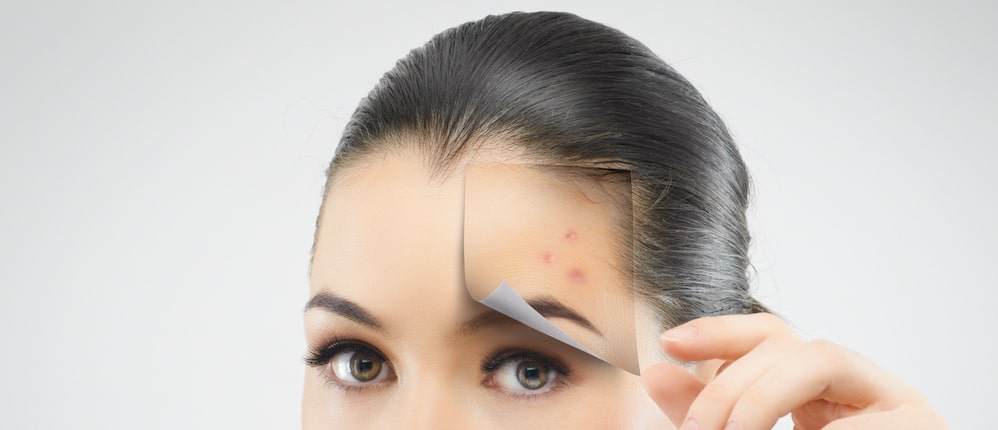
The most common skin condition that impacts people of various ages is acne. The scars that can appear due to acne can permanently affect the appearance of a person in more than a visual or physical manner. Acne scars can also have a large psychological impact on people including lower self-esteem, poor self-image, depression, and social impairment (a desire not to be seen by others). Thankfully, patients that suffer from acne scarring can turn to microneedling to improve the look of the scars.
Microneedling, which is also known as collagen induction therapy, is when a doctor punctures the skin multiple times with sterilized microneedles. The puncturing of the skin can be performed with an automated device or using a manual tool.
If the doctor performs the process manually, a derma roller is rolled backwards and forwards on the skin in order to induce tiny lesions in the skin. On the other hand, the automated method lets the doctor (such as a dermatologist) control both the depth and speed of the penetration of the needle on the automated device.
In general, atrophic acne scars are indented scars that are created when the skin is not able to regenerate tissue. They are not balanced in appearance and can occur if there is a collagen loss, damage to the tissue or a severe inflammatory response because of the acne on the body.
The treatment of these atrophic scars, through the performance of microneedling, will work to activate a non-inflammatory wound healing process that triggers both the thickening of skin and collagen production.
The creation of the lesions (micro-lesions) will result in a localized injury that does not damage the epidermis (AKA the outermost layer of the skin). Because the production of collagen generates growth factors in the skin, the healing process begins and will result in the formation of new skin.
In order to achieve the desired results, it normally takes several microneedling procedures performed over several months. The final results will often start to appear anywhere from six months to a year after the treatments are performed.
Patients need to consult with their doctor begore having microneedling as it is not recommended for patients who suffer from active acne because this might result in an infection.
There have been several clinical trials performed to investigate the effect microneedling can have on atrophic acne scars. Research results have shown a low complication rate when compared to more invasive treatment methods.
In a study of ten patients who all suffered from different types, and levels, of atrophic scars, the performance of microneedling over a three-month period saw mild side effects occur including some slight pain and swelling. It took several months for the improvements in appearance to happen.
Another study was conducted and this one consisted of 31 patients who were treated, on a weekly basis, for three months. The participants in the study were treated with a microneedling derma roller for the length of the study. Each patient reported seeing improvements anywhere from one to two months after their last session. In order to confirm the results, an additional observational study was conducted of 120 patients who had scars on the face (as well as not on the face). These patients had monthly microneedling treatments and over 80\\% of them had improvements ranging from 50\\%-75\\%. In addition, 65\\% of the patients showed an improvement of over 75\\% in the study.
Overall, microneedling has increased in use over the past several years. It has grown in popularity because it is considered to be cost-effective and simple to perform. The procedure is also well-tolerated which means any overt adverse effects of the treatment can be tolerated by a patient.
While the research results listed above seem to demonstrate that microneedling is a promising treatment for acne scars on the body of a patient, there are some concerns that the results often depend on the subjective view of the changes on the part of the patient. In other words, some people think the study results are merely observational and do not have enough statistical analysis to be completely accurate.
Some medical professionals feel additional long-term studies are needed in order to accurately establish microneedling in the category of an evidence-based treatment for use as a clinical practice. They also want additional studies in order to determine the most effective method or process to achieve the best results.
Another concern is the small amount of research on combination therapies with microneedling. A commonly used example is the need for a standardized protocol of PRP (platelet-rich plasma) that specifies the concentration. The doctor has to keep the individual needs of the patient in mind, and match these needs to an appropriate treatment, while also sharing the ability of the treatment to produce the desired results for the patient (so the person has realistic expectations about the final results).
- MA